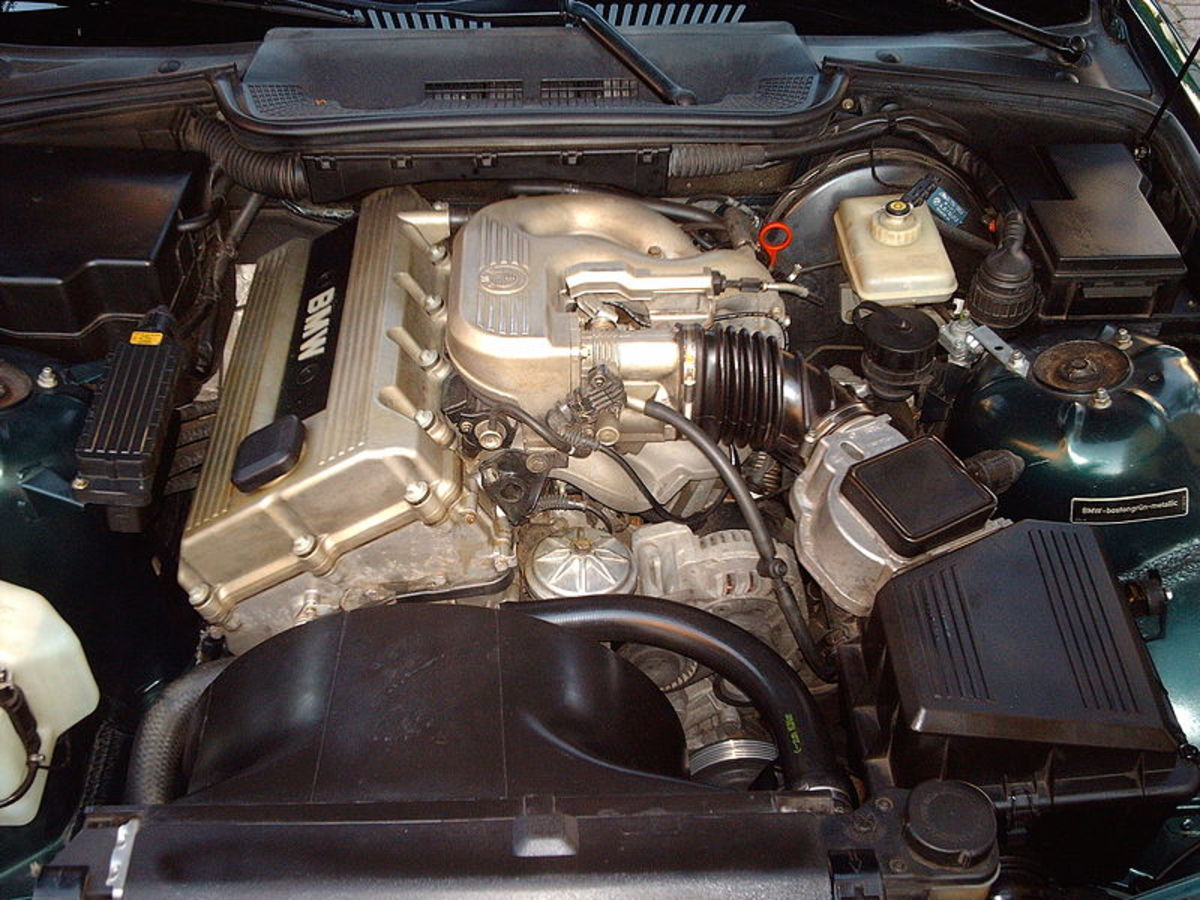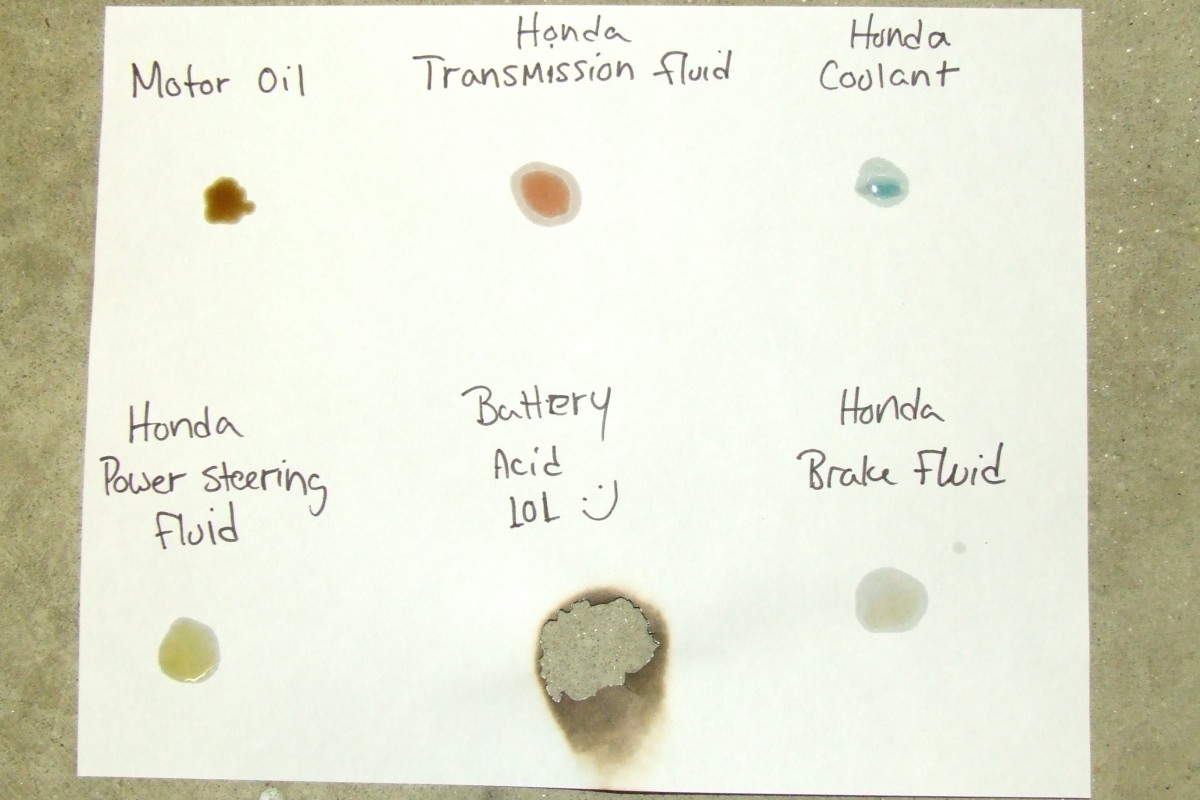Why Not The Powerstroke 6.0?

The Powerstroke 6.0 has been an engine of much controversy. It has been looked down upon from the very beginning of its life. Despite the problems it had at its release in 2003, the powerstroke 6.0 should not be considered a bad engine.
Problems With The 6.0
It is important to first discuss the problems that surfaced early in the 6.0 lifetime. Don't get me wrong, I love the 6.0 but it did have some major problems. Lets start with the EGR cooler. When the 6.0 was designed, it was designed to meet the increasing emissions regulations imposed by the EPA. One of the systems created to meet those standards was the EGR system. EGR means exhaust gas recirculation. This system takes exhaust gas and sends it back to the intake manifold and used again in the cylinders. Exhaust gas can get upwards to 900 degrees F. Ford needed a way to cool down that air so it would burn more efficiently. The EGR Cooler was the solution. This was a great solution except for the fact that Ford executed it very poorly. Ford's EGR Cooler was prone to leak. Because the cooler used coolant to cool the air, the engine was forced to burn coolant that was mixed with the recirculated air. The engine would mysteriously loose coolant and would eventually overheat. Overheating would lead to our next problem - blown head gaskets.
When International designed the 6.0 for Ford, they designed the engine with 2 head studs per cylinder. This quantity is not that big of a deal when you are dealing with a low compression gasoline engine. Diesel engines are high compression. This problem combined with the overheating problem caused the head gaskets to fail and eventually catastrophic engine failure.
The last of three problems that I would like to discus is the coolant problem. Ford released this engine with a new extended life coolant. It was great for a while, but as it was heated above its normal temperature the silicates in the coolant would granulize. This would not be a problem on previous generations of diesel engines, but with an EGR and oil cooler that used tiny passageways to cool off their respective fluids, major problems arose. Oil and air not being cooled, created more and more heat which caused and added to the already existent overheating problem.

Solutions The Problems
Before you start to think that I am going back on what I originally said about the 6.0, I need to tell you that there are solutions to each of the problems that I brought up. We are going to go over those solutions and then discuss the good qualities of the 6.0.
The first problem we discussed was the EGR cooler. There is an easy fix and an easier fix. The easy fix is to replace the EGR cooler with a updated EGR cooler. The updated EGR cooler has larger passageways for the coolant and for the air. Larger passageways cause less resistance which leads to a less leak-prone cooler. The easier fix is a EGR delete kit. This option is illegal on road vehicles so I can not endorse it, but it does solve the problem all together so I figured I would mention it.
The second problem was the problem of the head studs. This problem is also easily fixed. ARP came out with upgraded head studs that both handle the normal operations of the truck and also handle increased horsepower.
The last of the three problems that I discussed was the coolant problem. I think this problem has the easiest solution. The simple solution to this problem is to replace your coolant with modern extended life coolant. Your coolant system will need a good flush. If the original coolant has been left in the engine for to long it will already have left deposits in the oil and EGR coolers.
If you want to do your truck right and have it last the long haul, it is best if all these problems are dealt with at the same time. Your engine will thank you and your wallet will thank you in the long run.
Conclusions
We have spent a long time talking about the bad things about the Powerstroke 6.0, so let's spend some time thinking of the pro's to the engine. First is the performance. The Powerstroke 6.0 led the HD pickup category in horsepower. It cranked out 325 HP and 560 lb-ft of tourque. The power output was significantly effected by the brand new variable geometry turbo charger by Garrett.
The second pro to the Powerstroke 6.0 that I want to mention is the introduction of the 5R110W automatic transmission. Previous generations of automatic transmissions had been very unreliable for Ford. Their 4 speed transmissions were probably the biggest problem with Ford heavy duty trucks up until 2003. The 5R110W was a great upgrade. It was a 5 speed and lasted well over 200k miles when taken care of.
The point of this article was not to bash the engine but to build it up as a good engine. In order to build it up we needed to tear it down and give context for the conclusion that we can, and should make. If the proper care and maintenance of the 6.0 is done, then the engine will be strong and reliable for many years to come. But if the engine is neglected and not maintained, then it will fall to pieces and be a huge headache.








